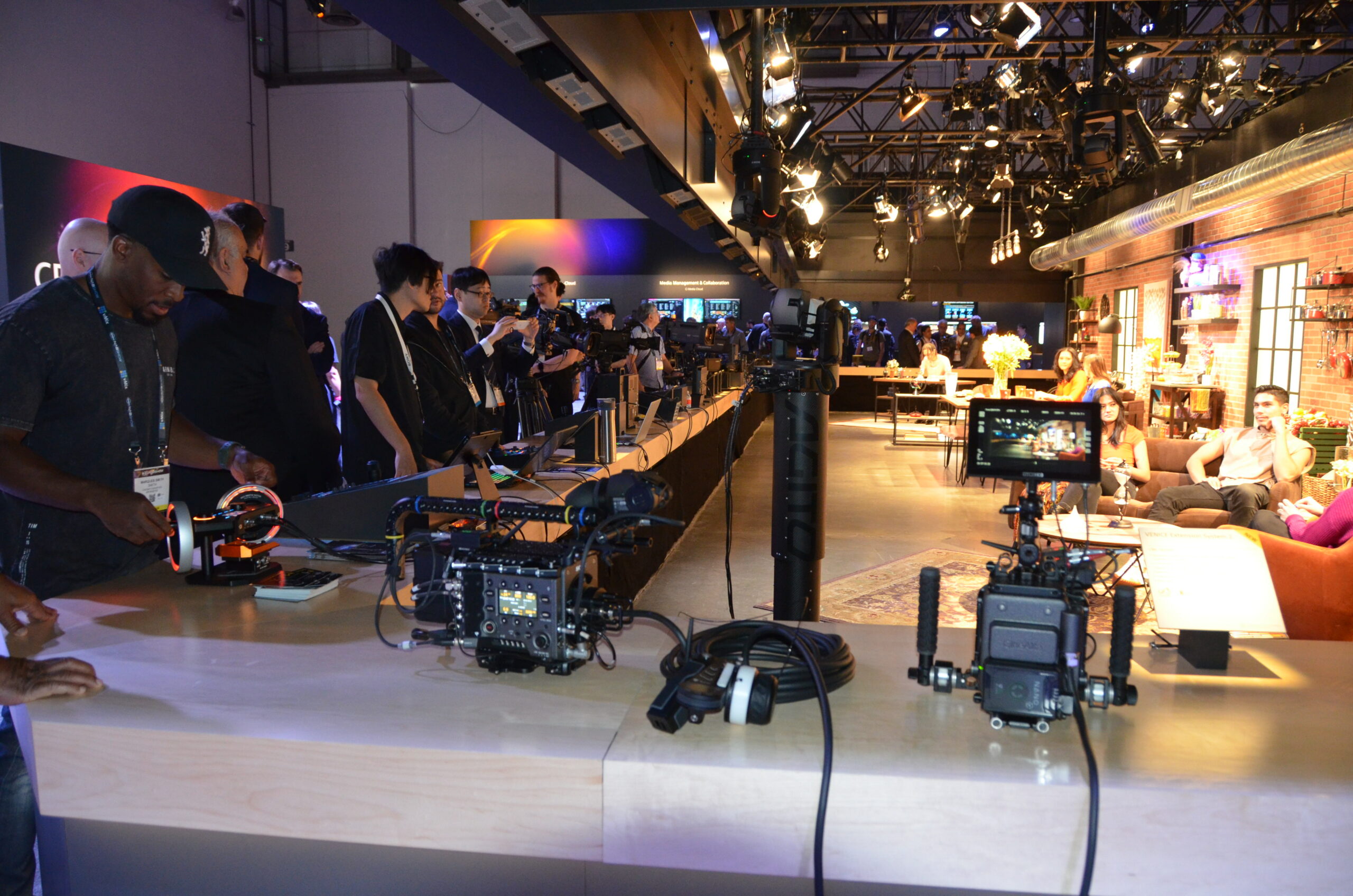NAB Show Reflections: In an Age of Buzz, Pragmatism Wins the Day
Synthesizing an NAB Show and the literally thousands of new products and technologies into a few hundred words is pretty much impossible, but it’s always worth a try. Hopefully, you will want to read the rest of this, but, in case all you want is the top line, I will keep it brief: it was wonderful to be at a show where attendees were looking to buy, exhibitors offered technologies that more than ever enabled wonderful new ways of working, and, more important, buzzwords were pragmatic.
For example, let’s start with the buzziest of buzzwords: the cloud. For good reason, the cloud had a presence in every hall because it is seen to be an important part of the future of both content creation and distribution. But the pragmatism on display at NAB 2023 was that manufacturers and service providers offered technology workflows enabling hybrid workflows that are both hardware-based and cloud-based.
And that is for very good reason. The broadcast industry has long embraced technological advances but at a pace that minimizes risk (“five nines of reliability”), allows past investments to be fully amortized, and, to put it simply, walks before it runs. It happened during the transition from tape-based formats and editing to file-based formats and nonlinear editing; it happened during the transition from analog to digital and even in the transition from SD to HD; and it is now occurring in the transition from 1080i and 720p to 1080p HDR).
IP-based systems, meanwhile, have transitioned from being newsworthy to being the norm (and, yes, SDI is still “not dead”). The nature of the conversations around IP on the show floor has evolved because many customers now have a year or two of experience with IP, driving a feedback loop that is accelerating essential new capabilities and, more important, improving the reliability and interoperability of equipment. There is still much work to be done to make IP as reliable as SDI, but there is no denying that the production benefits (most notably, signal flexibility and quality) allowed by IP have been worth the headaches and hiccups.
At last year’s NAB Show, both attendees and exhibitors were still greatly affected by the pandemic. This year’s edition, in contrast, felt like the 2019 Show but with manufacturers and service providers demonstrating the true power of the cloud and IP. Those two technologies — coupled with improved AI, improved computer processing, and cameras, lenses, and microphones that capture pixels and sound better — are laying a foundation for an industry boasting better, more efficient content creation. And, with more and more sports fans looking to engage with their favorite sports, teams, and players, that foundation will make personalized engagement possible, profitable, and, above all, pragmatic.
It wasn’t that long ago that the NAB Show was a place where “old media” and “new media” were in conflict. And the former, thanks to its big pipes, drove innovation because HD and surround sound, for example, simply took too much bandwidth to be delivered any other way.
NAB 2023, in many respects, ended that conflict. The old-media companies are still very much the vanguard in terms of ownership and decision-making, but new-media delivery methods are at the center of HDR, 4K, and spatial-audio delivery, transforming the quality of the viewing experience and making it more lifelike than ever. For a sports fan who watches far too much TV, the real excitement at NAB 2023 was wondering how all the new tools on display will make that experience better and better. Whether for production of low-level or high-level sports events, the innovations on display and the companies behind them provide tools that can truly make a difference.

